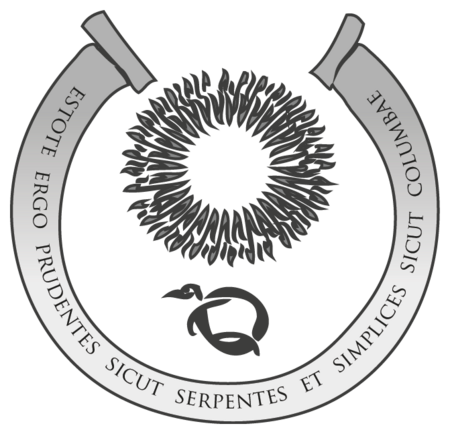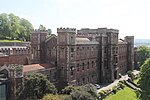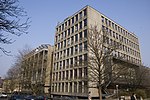Manor Hall, Bristol

Manor Hall is a student hall of residence at the University of Bristol. Situated in the Georgian/Victorian suburb of Clifton, Bristol, it provides self-catering accommodation for around 340 residents, both in the main hall itself and also in a number of nearby surrounding annexes. The majority of residents are first year undergraduate students, but a number of 'returners' choose to stay on to contribute to the hall's life and community in subsequent years of study.The hall has a number of student run organisations associated with it, the largest of which is the Junior Common Room which all current undergraduates residents are members of, with an elected committee of representatives being responsible for organising social events throughout the year. In addition to the Junior Common Room residents are supported pastorally by a team of Senior Residents who, along with a number of honorary members, make up the Senior Common Room.After leaving the hall many of its former residents remain in touch via its alumni network: the Manor Hall Association, which organises a number of events throughout the year aimed at both current and former residents.
Excerpt from the Wikipedia article Manor Hall, Bristol (License: CC BY-SA 3.0, Authors, Images).Manor Hall, Bristol
Lower Clifton Hill, Bristol Clifton
Geographical coordinates (GPS) Address External links Nearby Places Show on map
Geographical coordinates (GPS)
| Latitude | Longitude |
|---|---|
| N 51.4545 ° | E -2.612 ° |
Address
Manor Hall
Lower Clifton Hill
BS8 1BU Bristol, Clifton
England, United Kingdom
Open on Google Maps








